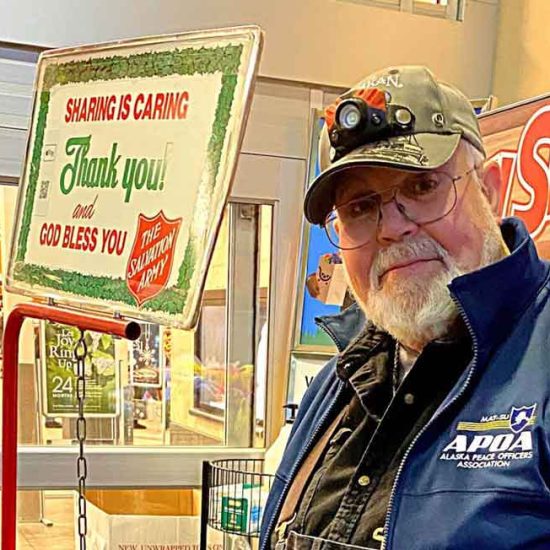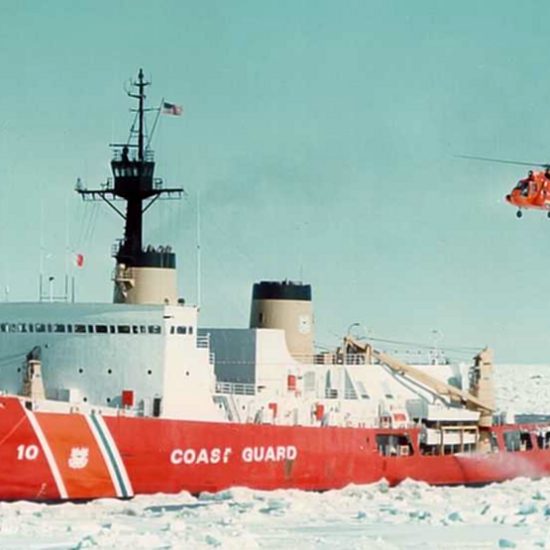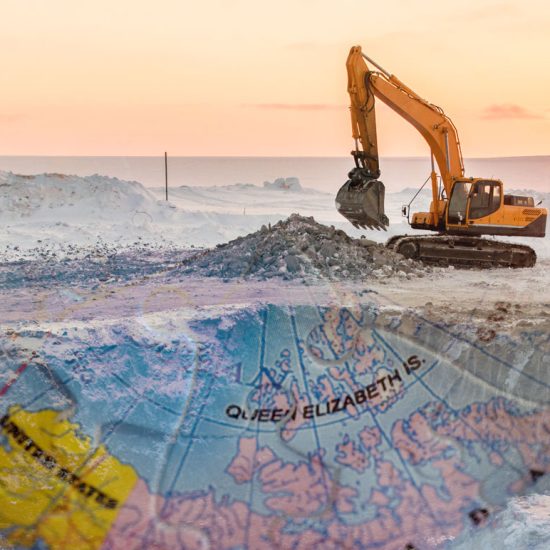Chugach Electric Association (Chugach or CEA) early March proposed a 75 MW electric generation dam across the Snow River some 15 miles north of Seward. Reaction by the local NIMBYs, BANANAs and all the usual suspects in the anti-development crowd was immediate, negative, and deafening. It took a mere seven weeks for Chugach to kill the project to the cheers of all the Usual Suspects egged on by Alice Rogoff’s fish wrapper. https://www.adn.com/business-economy/energy/2017/04/20/utility-says-its-halting-effort-to-study-kenai-peninsula-dam-following-strong-public-opposition/
Alice helped kill the project by pandering to the “any development will kill all the fish” crowd. Her second article on the proposal printed March 27 had a nice photo of a fat Kenai rainbow being released back into the river. While in the Kenai watershed, the Snow River dumps into the upper reaches of Kenai Lake which in turn is the headwaters of the Kenai River. It is a very long way from the location the photo was taken. There was a “correction” posted explaining the “mistake” but the damage was already done. https://www.adn.com/business-economy/energy/2017/03/27/opposition-rises-quickly-against-proposal-to-study-kenai-dams-at-snow-river/
There are many lessons to be learned from and about this, a lot of them not the lessons you would normally expect. Let’s explore some of them.
Location. Where is the Snow River? It is to the east and south of Moose Pass, curving around from the south to feed into the southern end of upper Kenai Lake. The river is glacier fed, normally full of glacial dust. Every 2 – 4 years, ice dams upstream release and dump tens of thousands of cubic feet per minute additional water into Kenai Lake and in turn into Kenai River. The river is considered remote. https://www.fs.usda.gov/Internet/FSE_DOCUMENTS/stelprdb5393404.pdf
Land. The majority of the land around the Snow River is owned by the USFS. There is a variety of different land ownerships along the Seward Highway corridor. The entire watershed measures some 163 square miles. Lakes cover 1% of the watershed. Glaciers cover another 30% of the watershed.
Fish. There is no known fishery associated with the Snow River. One of the neighboring lakes was stocked with a few grayling in the 1960s. The 2005 USDA Chugach National Forest report linked earlier claims that coho and reds spawn in the Snow River, but contains no actual observations of numbers. It calls for additional research to prove / quantify the numbers.
It is true that Kenai reds do go up a few streams that feed into Kenai Lake to spawn. Quartz Creek is one example. But they are clear flowing streams that do not suffer periodic ice dam failures and glacial floods.
The Snow River reminds me a lot of Eagle River, another wild, glacier fed stream north of Anchorage. While a few fish indeed enter Eagle River, there are not enough to support an active fishery. And to date, nobody anywhere has quantified the number of fish going into and out of Snow River.
If you read the final article in the ADN, the USFS recommended the Snow River for special designation as a wild and scenic river, something that requires congressional approval. The Kenai guides operating out of Cooper Landing who organized opposition to the dam appear to be fully in support of the feds locking up more tightly another sizable chunk of Alaska. To this, I would say no, absolutely not. Not a bloody additional square inch ought to be further locked up, stolen from the daily use of Alaskans by the feds or their cheerleaders.
In a way, this entire event is a failure of leadership, not from the CEA staff, but by the Chugach Electric Board of Directors. The IBEW exclusively populated the Board with their candidates since 2011. They all think alike. They all are fully compliant. And every single one of them hung the Chugach staff out to dry.
How so?
Here in Alaska, the single most powerful (and usually first) response from the anti’s to every single development project is that it will harm the fish. This is closely followed by an appeal claiming the land to be used is pristine and ought to remain that way forever, protected from the despoilers of Mankind. Thousands of square miles of federally protected lands surround the Snow River. How much more do these guys want to give away?
It is easy enough to head off the first complaint when proposing a development project. All you have to do is get an estimate of how many fish are being pulled out of the watershed in question. That information is available from ADF&G. Then propose a minor stocking program to double that yearly catch number. This is your going in position. And it will defenestrate the initial round of green anti-development arguments.
The second failure of the Board was letting CEA lead this effort. There is an electric utility in Seward. They work closely with Chugach. Seward Electric Association should have led this effort rather than Chugach. And yes, I know the hindsight is the only exact science.
But when you have groupthink, no diversity on the Board, with none for the last six solid years, and none expected any time soon, this is the sort of obvious political (and yes, this entire argument is political) question nobody will think to ask and nobody will have to answer.
Finally, the Board decision to drop the proposed project after a mere seven weeks of orchestrated outrage demonstrates a breathtaking spinelessness that ought to worry all Chugach members. If the Board is unable to publicly make its case, instead folding like the proverbial cheap suit on what initially looks like a decent project, what will they do when and if things get tough?
Color me disappointed but not surprised.
This was a missed opportunity to diversify our energy generation, move a bit closer to meeting the state’s goal of 50% renewable energy by 2025. That need will instead be met with natural gas or coal. It will not be met by moonbeans or unicorn flatulence (wind, solar or tidal) or wishful thinking.
Alex Gimarc lives in Anchorage since retiring from the military in 1997. His interests include science and technology, environment, energy, economics, military affairs, fishing and disabilities policies. His weekly column “Interesting Items” is a summary of news stories with substantive Alaska-themed topics. He is a small business owner and Information Technology professional.












